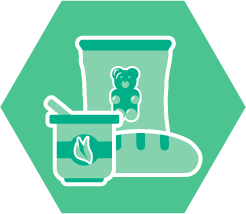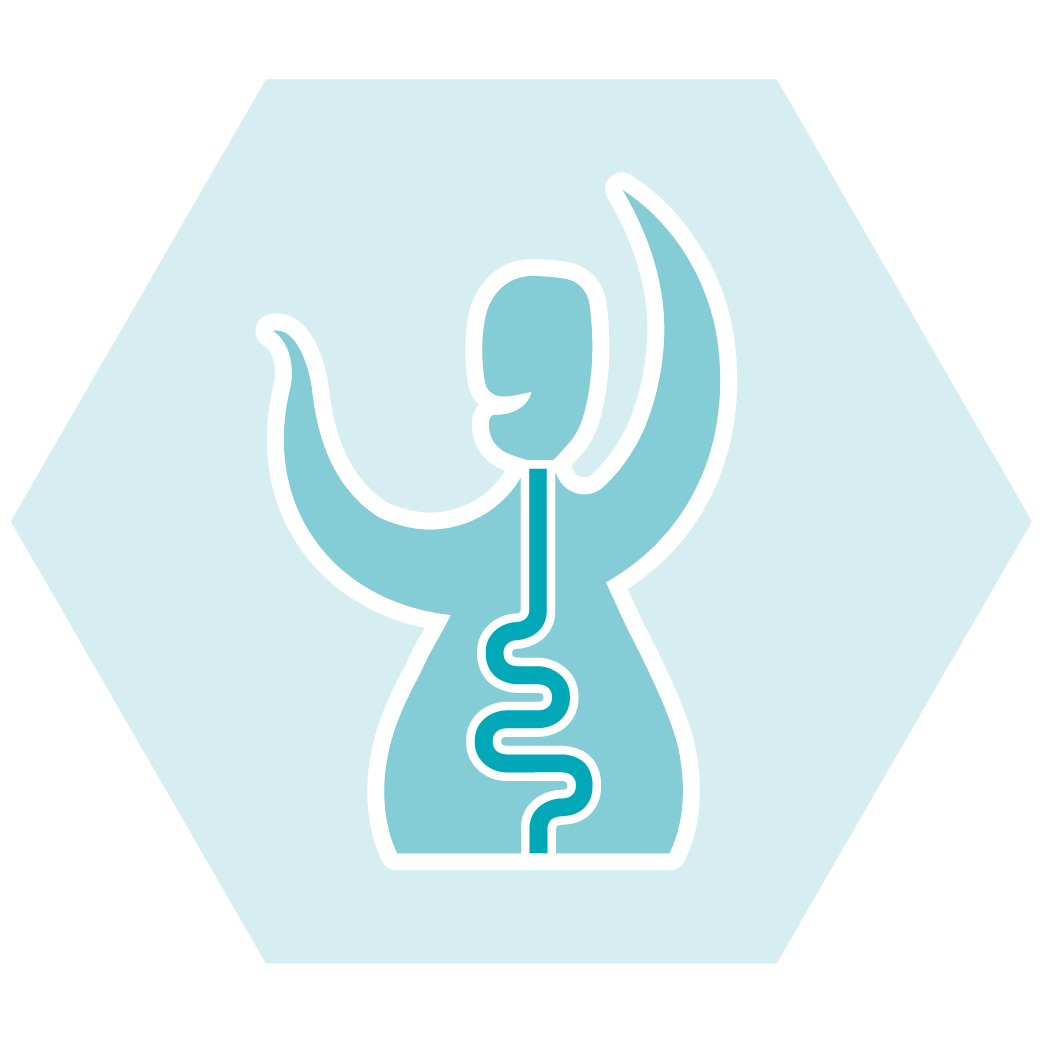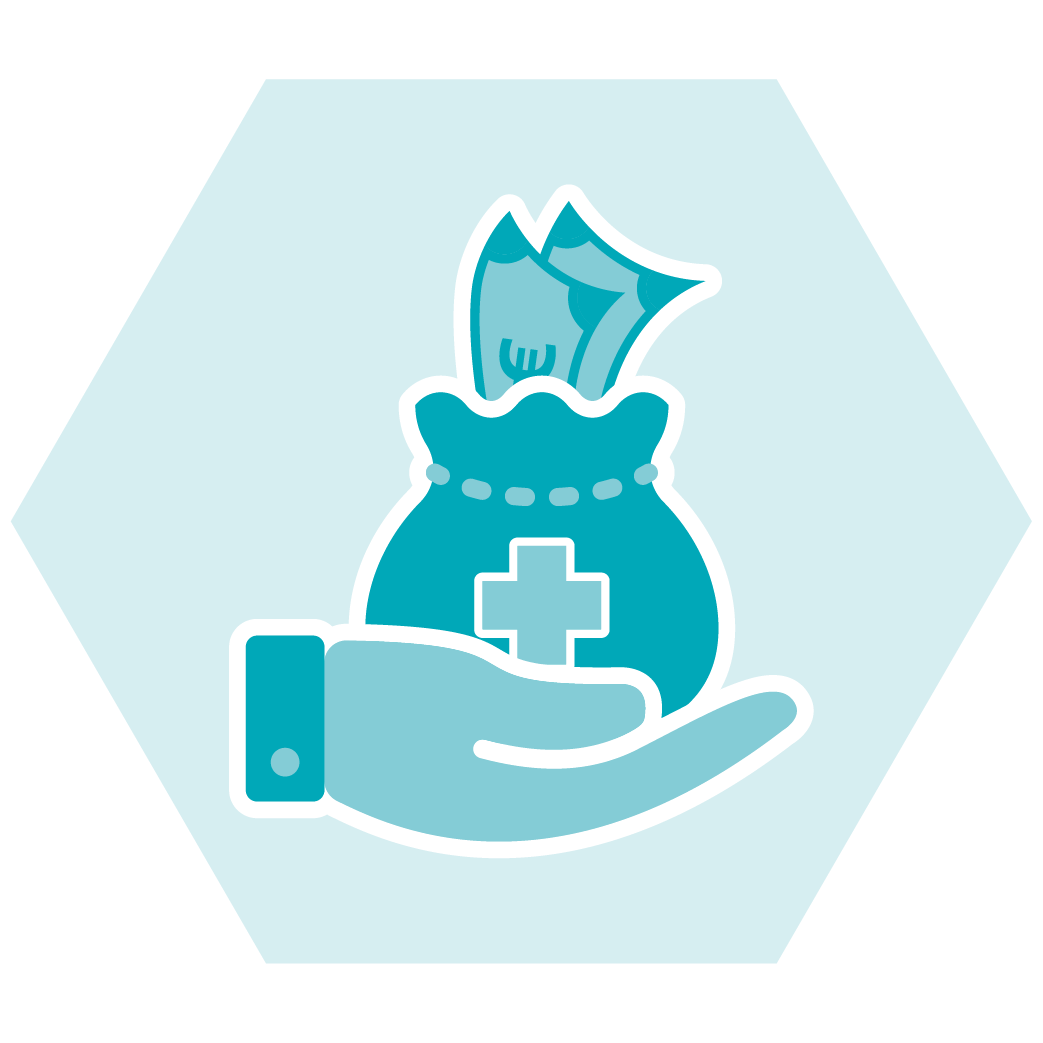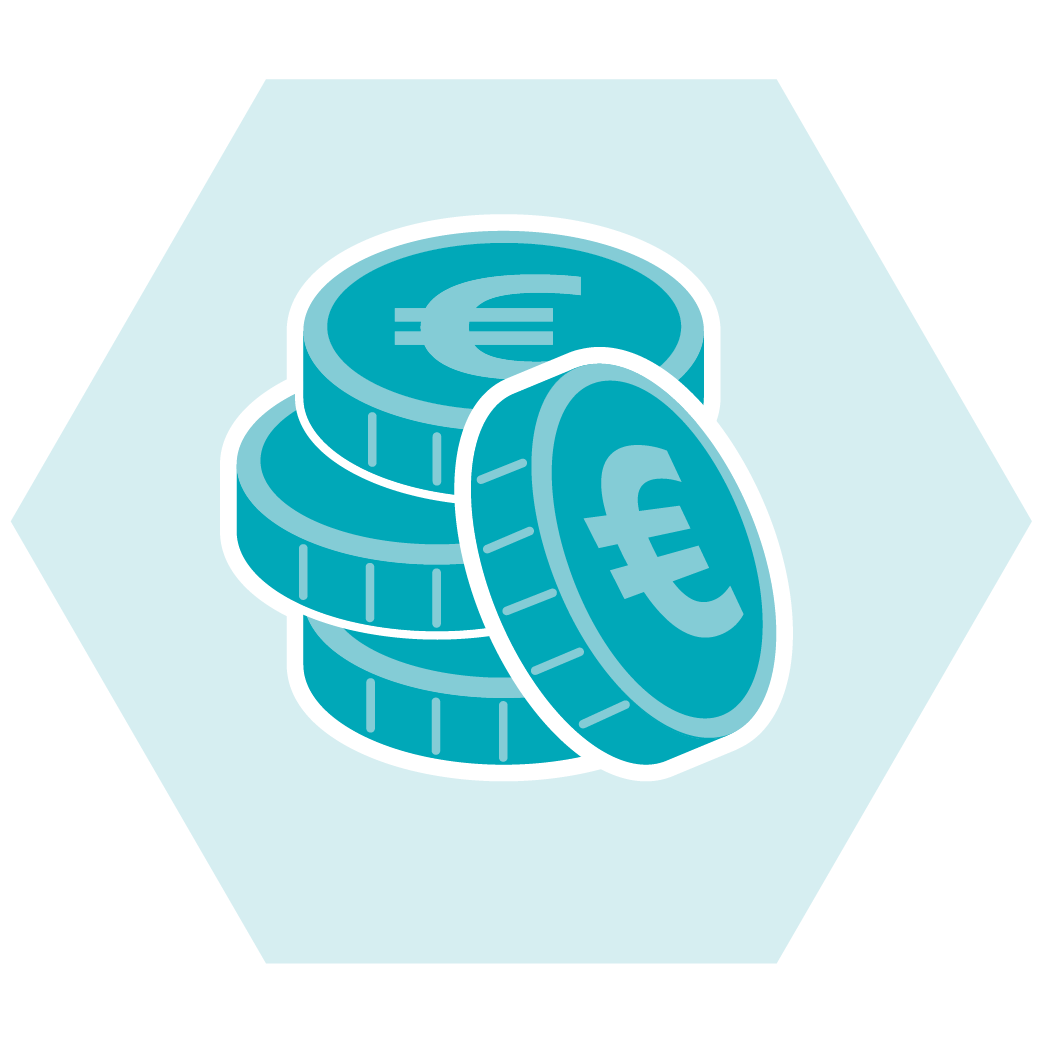
About Algae4IBD
Using algae to bring relief for IBD patients
In our oceans, rivers and lakes lies a nearly untapped potential to improve our health.
Cyanobacteria, micro- and macroalgae produce an infinite number of molecules, many of which have properties beneficial to health. They can relieve pain, alleviate inflammation, or boost our microbiome. However, most algae remain unstudied, with their health potential unexploited.
That is why we launched Algae4IBD, an EU-funded research initiative. Over four years, we will study under- and unexplored algae and look for compounds with pain-relieving, anti-inflammatory, prebiotic, or antibiotic effects.
Start:
June 2021
End:
May 2025
Duration:
48 Months
EU H2020 funding:
7.499.520, 01 €
Our goal
To develop functional food and medication against pain, inflammation and IBD
Pain, inflammation, and an imbalanced gut-microbiome are all characteristics of IBD. The combined power of algae can help improve the well-being of IBD patients.
IBD is a complex disease whose incidence is steadily increasing. Patients require tailored therapies which are often expensive. Yet, not everyone responds to the available treatments, leaving some with only one option: surgical removal of parts of their bowel. Therefore, a great need for new medication exists.
Our focus is on providing orally available and cost-effective solutions for IBD patients – kids and adults – using algal compounds.
Pain
Painkillers block messenger molecules that tell the brain where we feel pain. If our brain doesn’t notice, neither do we.
Inflammation
Anti-inflammatory drugs block the development of inflammation, reduce tissue swelling and the associated pain experienced during inflammation.
Imbalance of the Gut-Microbiome
Antibiotics or prebiotics act against bad microorganisms or promote the good ones. When the community of gut microbes is in shape, so is health.
Our approach
Holistic and forward-thinking to provide patients with solutions quickly.
We strive to deliver our solutions to patients quickly. That’s why we cover the entire development process from algae cultivation to product formulation. With our novel development process, we solve problems before they arise; for even faster product development.
For the most efficient outcome, we will pursue two different routes:
From nature to plate
for dietary products that help to prevent the onset of IBD
From nature to bedside
for medications that treat the symptoms of IBD and prevent them from recurring
How it works
From nature to stores and pharmacies in less than 4 years
![]() We grow our algae in so-called photo-bioreactors. In these machines, we control their growth by adjusting light, CO2 concentration, and temperature – important conditions for algae to thrive. By creating the ideal artificial environment, we produce maximum amounts of our algae, while going easy on nature.
We grow our algae in so-called photo-bioreactors. In these machines, we control their growth by adjusting light, CO2 concentration, and temperature – important conditions for algae to thrive. By creating the ideal artificial environment, we produce maximum amounts of our algae, while going easy on nature.
![]() The desired compounds are inside the algae cells. How do we get them? We have to break the algae cells, which can be done with ultrasound, for instance. These sound-waves of 20 kHz and higher cause the algae cells to vibrate so heavily that they break, releasing all the different inner compounds.
The desired compounds are inside the algae cells. How do we get them? We have to break the algae cells, which can be done with ultrasound, for instance. These sound-waves of 20 kHz and higher cause the algae cells to vibrate so heavily that they break, releasing all the different inner compounds.
![]() Once we have released the compounds from inside the algae cells, we separate them. After all, each compound can have different effects, so we want to test them individually. To do this, we use solvents. These are liquids that will pull the desired compounds out of the mix of released molecules.
Once we have released the compounds from inside the algae cells, we separate them. After all, each compound can have different effects, so we want to test them individually. To do this, we use solvents. These are liquids that will pull the desired compounds out of the mix of released molecules.
![]() To study the effects of the separated compounds we add them, for instance, to inflamed human lab cells and single out those that relieve the inflammation. As IBD is linked to gut bacteria, we test the compounds also on both good and bad bacteria to find those that act as prebiotics or antibiotics.
To study the effects of the separated compounds we add them, for instance, to inflamed human lab cells and single out those that relieve the inflammation. As IBD is linked to gut bacteria, we test the compounds also on both good and bad bacteria to find those that act as prebiotics or antibiotics.
![]() We test the most promising compounds on cells from IBD patients. Tissue obtained during a colonoscopy is grown in the lab and the compounds added to it. This way, we can determine if the compounds revert patients’ IBD symptoms. It will also help us understand the patient-specific responses to the different compounds. This is important to make the treatment of IBD more effective.
We test the most promising compounds on cells from IBD patients. Tissue obtained during a colonoscopy is grown in the lab and the compounds added to it. This way, we can determine if the compounds revert patients’ IBD symptoms. It will also help us understand the patient-specific responses to the different compounds. This is important to make the treatment of IBD more effective.
![]() To produce the compounds, we need to determine their 3D-structure. How many carbon or oxygen atoms are present? How are they connected? One of the techniques we use to do so is nuclear magnetic resonance. We place the compound between magnets. With the magnets we set the compound’s atoms in vibration. We record and analyse the vibrations and get a clear picture of how our compound looks like.
To produce the compounds, we need to determine their 3D-structure. How many carbon or oxygen atoms are present? How are they connected? One of the techniques we use to do so is nuclear magnetic resonance. We place the compound between magnets. With the magnets we set the compound’s atoms in vibration. We record and analyse the vibrations and get a clear picture of how our compound looks like.
![]() Often algae can’t produce the compounds in the quantity required for product development. In these cases, we give our algae a break and make the compounds ourselves. Since we now know their 3D-structure, we know which building blocks we need for this. In a sequence of chemical reactions, we let the building blocks interact with each other and build our compounds step by step.
Often algae can’t produce the compounds in the quantity required for product development. In these cases, we give our algae a break and make the compounds ourselves. Since we now know their 3D-structure, we know which building blocks we need for this. In a sequence of chemical reactions, we let the building blocks interact with each other and build our compounds step by step.
Solutions
Algae-powered functional food and medication delivered by mid-2025 from nature...
... to plate

Functional foods
Functional foods have benefits that go beyond providing nutrients and energy. Through a specific ingredient, they can, for instance, promote our health. They may naturally contain this ingredient, or it may be added to the food. An example would be a yogurt fortified with probiotics.

Food supplements
Food supplements provide nutrients, vitamins, or health-promoting compounds in higher concentration than normal food or functional food does. They are intended to supplement the normal diet, like vitamin capsules.
... to bedside

Nutraceuticals
Nutraceuticals are concentrated sources of nutrients, vitamins, or health-beneficial compounds. They have a proven pharmaceutical effect but are classified as food. They are therefore tested and produced more rigorously than food supplements.

Pharmaceuticals
Pharmaceuticals or drugs are used to treat diseases and their symptoms. They contain compounds that have a proven benefit on health. They are tested and manufactured according to the highest medical quality standards.
Impacts
Wholesome to create benefit for all

Increased patient well-being
Our algae-powered functional food and medications have the potential to bring relief for IBD patients. This will improve their well-being and quality of life.

Reduced hospitalisation
The functional food and medicines developed in Algae4IBD can prevent the onset of IBD or relapses. This will reduce the number of people who have to be hospitalised due to IBD.

Reduced healthcare costs
Algae4IBD solutions are developed and manufactured in a cost-effective way. This will lower the financial burden placed on our healthcare systems.

Economic revenue
Our holistic approach circumvents many obstacles of traditional drug discovery. This increases the success rate in developing a product and bringing it to market.
Who we are and what we do
A diverse bunch of nerds pooling our expertise to bring relief for IBD patients
We‘re a multi-disciplinary team of leading experts in natural product research, algae cultivation, gastroenterology, food engineering, drug development and communication. Explore our partner section to learn more about us and our involvement in Algae4IBD.
{{ group }}
{{ object.name }}
{{ object.name }}
{{ object.subheader }}
{{ icon.replace(/^icon_/, '') }}
{{ label }}
Algae4IBD sister projects
Go down the rabbit hole and explore other research initiatives
The potential of natural compounds goes beyond treating and preventing IBD. Read about how other research projects harness their potential for medicine, food, agriculture and cosmetics.
{{ group }}
{{ object.name }}
{{ object.name }}
{{ object.subheader }}
{{ icon.replace(/^icon_/, '') }}
{{ label }}
AlMS Cluster
The AIMS Cluster comprises of the 4 projects – Algae4IBD, InnCoCells, MARBLES and SECRETed – funded under the same topic FNR-11-2020 “Prospecting aquatic and terrestrial natural biological resources for biologically active compounds”.


